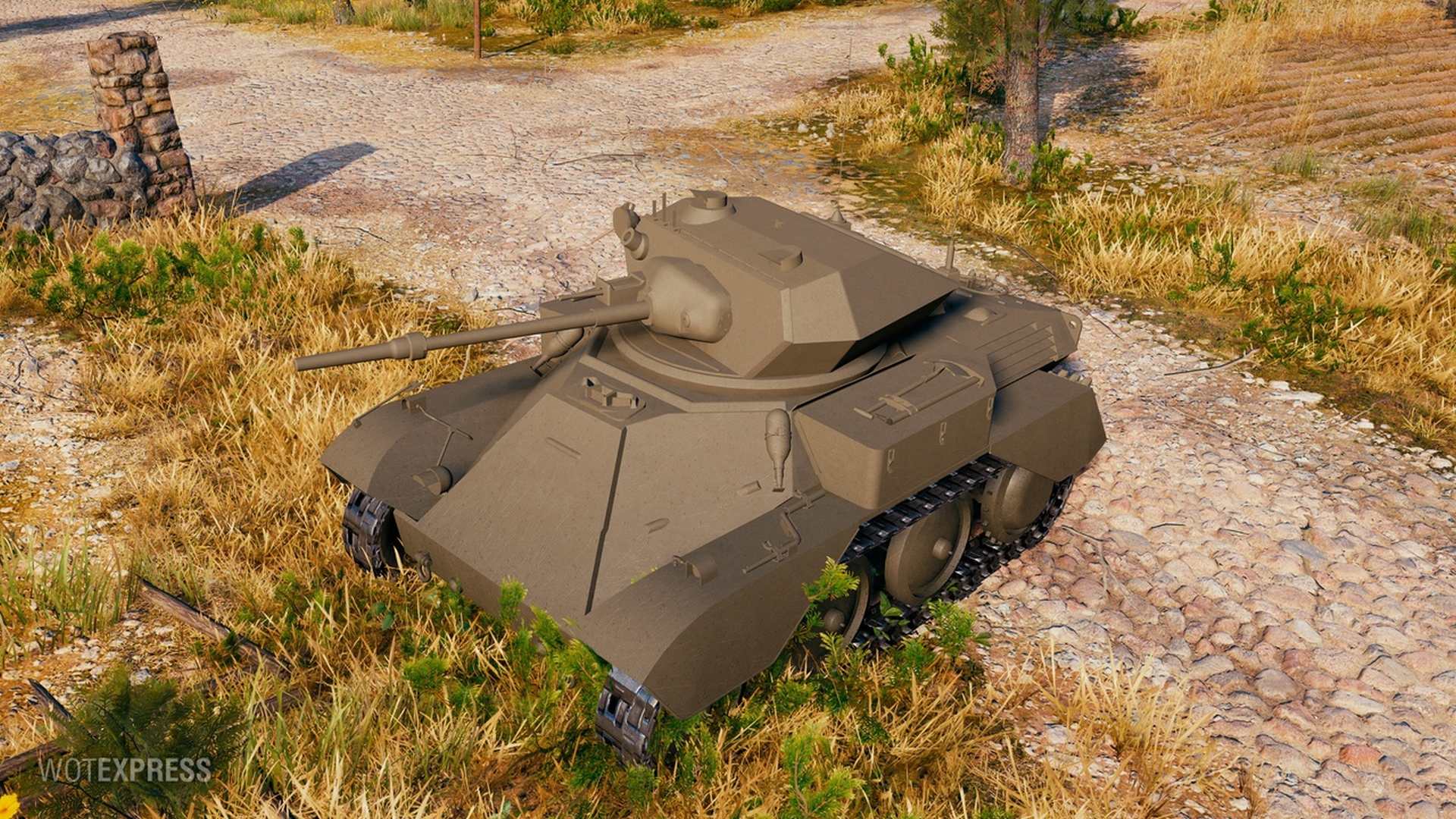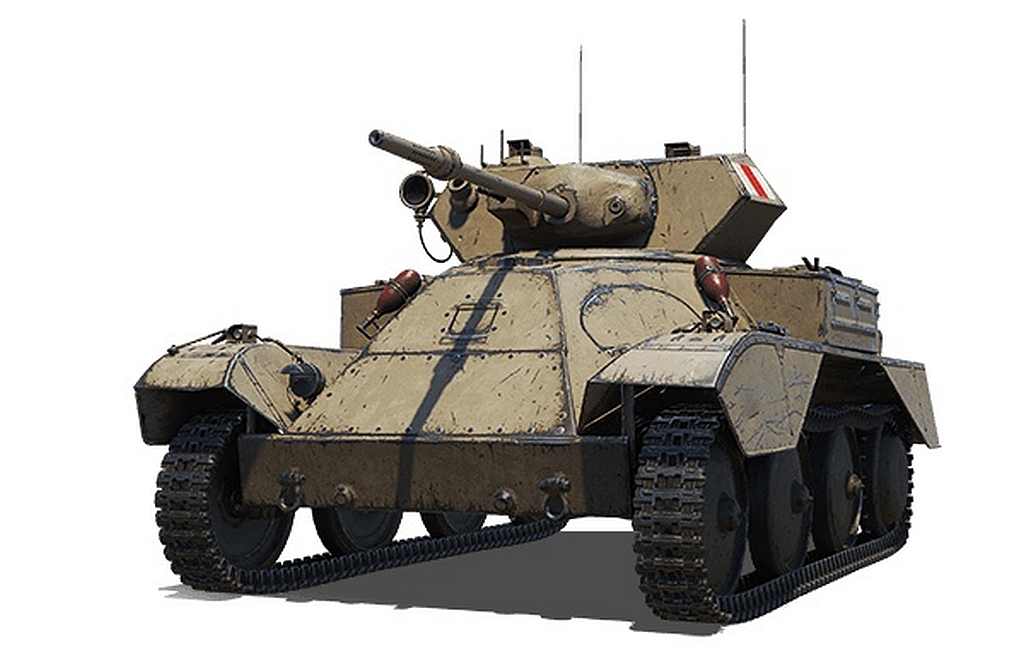A25 Harry Hopkins I (Great Britain, LT-4, premium). Changes regarding the first iteration of the supertest.
General:
• Added historical reference:
In 1941, work began on an improved version of the Tetrarch I, designated Light Tank Mk. VIII or A25. The thickness of the frontal armor and the turret was increased and, together with the side armor plates, were placed at large angles of inclination. The dimensions of the tank did not change, so the combat weight remained small – just over 8.5 tons.
In November 1941, the name of the tank was changed to Harry Hopkins I in honor of Harry Hopkins, adviser to President F. Roosevelt. She failed tests in the Middle East due to problems with thermal conditions and when driving on sand, so the first 6 tanks were built only in 1943, when they were no longer of great interest to the British army.
However, the A25 program cannot be called a failure: in 1942, on the basis of the Harry Hopkins I chassis, the Alecto self-propelled artillery mount was developed. This tank destroyer was made in a small series. It did not get to the front, but was used until the end of the 1940s in Europe and the Middle East. One example of Harry Hopkins I has survived to this day in the tank museum in Bovington.
• Added a short description of the tank:
High rate of fire, excellent armor penetration
• Added a detailed description of the tank:
British light premium tank with excellent weapon characteristics: decent armor penetration coupled with a high rate of fire make this vehicle a serious opponent. The incredible speed of the projectiles allows it to make a significant contribution to the team’s success both in attack and in defense.
source – wotexpress






A25 Harry Hopkins I (Gran Bretagna, LT-4, premium). Modifiche relative alla prima iterazione del supertest.
Generale:
• Aggiunto riferimento storico:
Nel 1941 iniziarono i lavori su una versione migliorata del Tetrarc I, denominata Light Tank Mk. VIII o A25. Lo spessore della corazza frontale e della torretta fu aumentato e le piastre della corazza laterale furono poste ad ampi angoli di inclinazione. Le dimensioni del carro armato non cambiarono, quindi il peso in combattimento rimase piccolo – poco più di 8,5 tonnellate.
Nel novembre 1941, il nome del mezzo fu cambiato in Harry Hopkins I in onore di Harry Hopkins, consigliere del presidente F. Roosvelt. Ha fallito i test in Medio Oriente a causa di problemi con le condizioni termiche e durante la guida sulla sabbia, quindi i primi 6 carri armati sono stati costruiti solo nel 1943, quando non erano più di grande interesse per l’esercito britannico.
Tuttavia, l’A25 programma non può essere definito un fallimento: nel 1942, sulla base del telaio di Harry Hopkins I, fu sviluppato il supporto di artiglieria semovente Alecto. Questo cacciacarri è stato realizzato in una piccola serie. Non arrivò al fronte, ma fu utilizzato fino alla fine degli anni ’40 in Europa e Medio Oriente. Un esempio di Harry Hopkins I è sopravvissuto fino ad oggi nel museo dei carri armati di Bovington.
• Aggiunta una breve descrizione del carro armato:
Alta cadenza di fuoco, eccellente penetrazione dell’armatura
• Aggiunta una descrizione dettagliata del carro armato:
Carro armato leggero britannico con eccellenti caratteristiche dell’arma: una discreta penetrazione dell’armatura unita a un’elevata cadenza di fuoco rendono questo veicolo un avversario serio. L’incredibile velocità dei proiettili gli permette di dare un contributo significativo al successo della squadra sia in attacco che in difesa.
